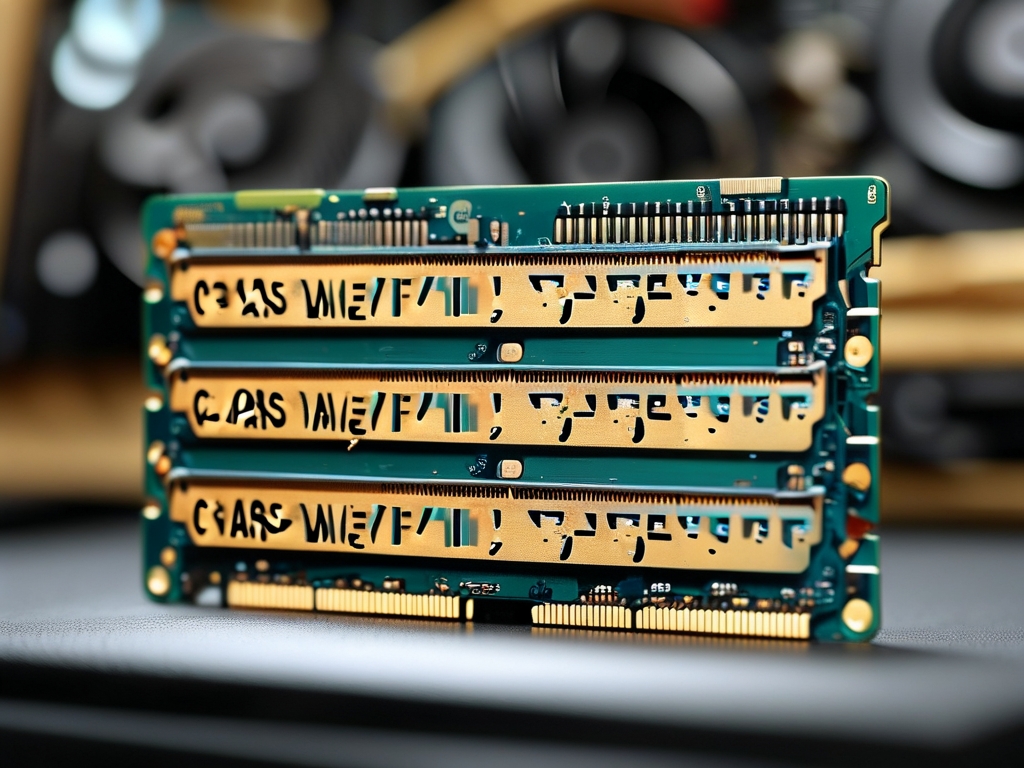In modern computing systems, memory performance optimization remains a critical focus for hardware engineers and enthusiasts. Among various technical considerations, memory timing segmentation calculation methods play a pivotal role in balancing speed, stability, and efficiency. This article explores the foundational approaches to calculating and optimizing memory timings through segmentation, offering insights into both theoretical principles and practical implementations.

Understanding Memory Timing Basics
Memory timings, often represented as a series of numerical values (e.g., CL-tRCD-tRP-tRAS), define the latency between operations in dynamic random-access memory (DRAM). These values are measured in clock cycles and directly impact data transfer rates. Segmentation refers to dividing these timing parameters into logical groups or phases to simplify analysis and adjustment. For instance, primary timings like CAS latency (CL) and row precharge time (tRP) are often treated as separate segments for granular optimization.
Key Segmentation Calculation Techniques
-
Phase-Based Division
This method categorizes timings based on operational phases such as row activation, column access, and precharge cycles. By isolating each phase, engineers can model latency dependencies more accurately. For example, tRAS (active to precharge delay) is calculated by combining tRCD (row-to-column delay) and CL, plus additional buffer cycles for stability. A simplified formula might be:tRAS = tRCD + CL + N (buffer cycles)This approach allows targeted adjustments to specific phases without destabilizing the entire memory subsystem.
-
Voltage-Frequency Scaling Correlation
Memory timings are inherently tied to operating frequencies and voltages. Segmentation calculations here involve creating voltage-frequency profiles for different timing groups. For instance, higher frequencies may require looser timings (higher cycle counts) in certain segments to maintain signal integrity. Tools like DDR4/5 timing calculators often use lookup tables or algorithms to correlate these variables, enabling automated adjustments during overclocking. -
Statistical Load Distribution
Advanced methods employ statistical models to distribute timing loads across segments. By analyzing access patterns in workloads (e.g., gaming vs. data analytics), systems can dynamically allocate stricter timings to frequently accessed segments while relaxing others. Machine learning frameworks are increasingly applied here, using datasets of memory access traces to predict optimal segmentation strategies.
Practical Implementation Challenges
While segmentation enhances optimization, real-world applications face hurdles. Motherboard firmware limitations, silicon quality variations, and temperature dependencies often disrupt theoretical models. For example, a timing configuration validated in lab conditions might fail under high ambient temperatures due to increased electrical resistance. Engineers must therefore incorporate safety margins—typically 5-10% additional cycles—into segmented calculations.
Case Study: Overclocking DDR4 Memory
Consider a DDR4-3200 kit with default timings of 16-18-18-36. Using phase-based segmentation:
- Activation Phase (tRCD): Reduced from 18 to 17 cycles after verifying row activation stability at 1.35V
- CAS Latency (CL): Maintained at 16 cycles due to voltage limitations
- Precharge Phase (tRP): Adjusted to 17 cycles synchronously with tRCD
- tRAS: Recalculated as 17 (tRCD) + 16 (CL) + 3 (buffer) = 36 cycles
This resulted in optimized timings of 16-17-17-36 without voltage increases, demonstrating how segmented adjustments yield tangible improvements.
Future Directions
Emerging technologies like DDR5 and HBM3 introduce new timing variables such as dual-channel command rates and bank group rotations. Segmentation methods must evolve to address multi-dimensional timing matrices. Research institutions are exploring 3D timing models that account for vertical stacking architectures, potentially revolutionizing how latency calculations are approached in next-gen memory systems.
Memory timing segmentation calculation methods form a sophisticated toolkit for performance tuning. From phase-based divisions to AI-driven statistical models, these techniques enable precise control over memory behavior. As memory technologies grow more complex, continued innovation in segmentation strategies will remain essential for pushing the boundaries of speed and efficiency in computing hardware.









